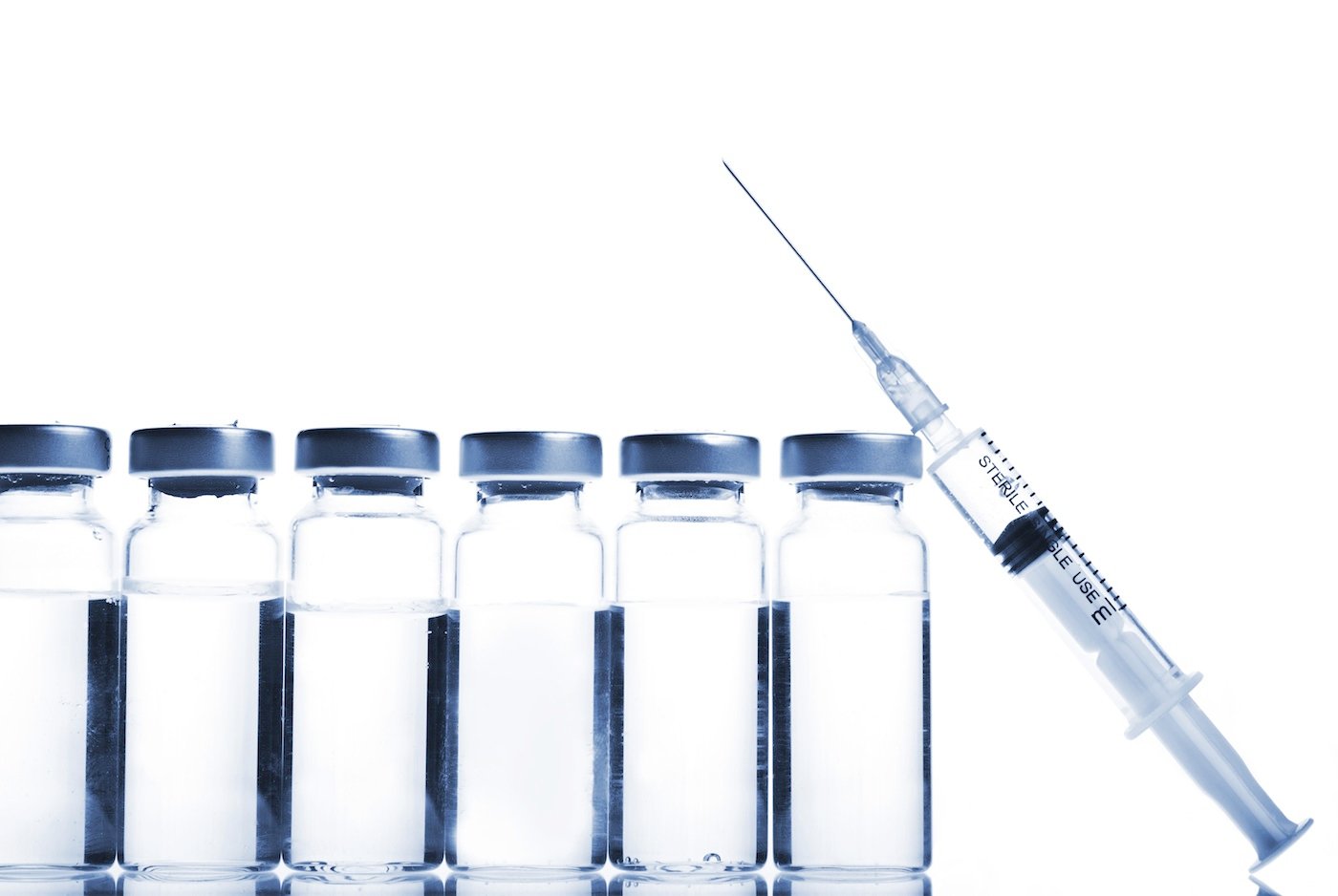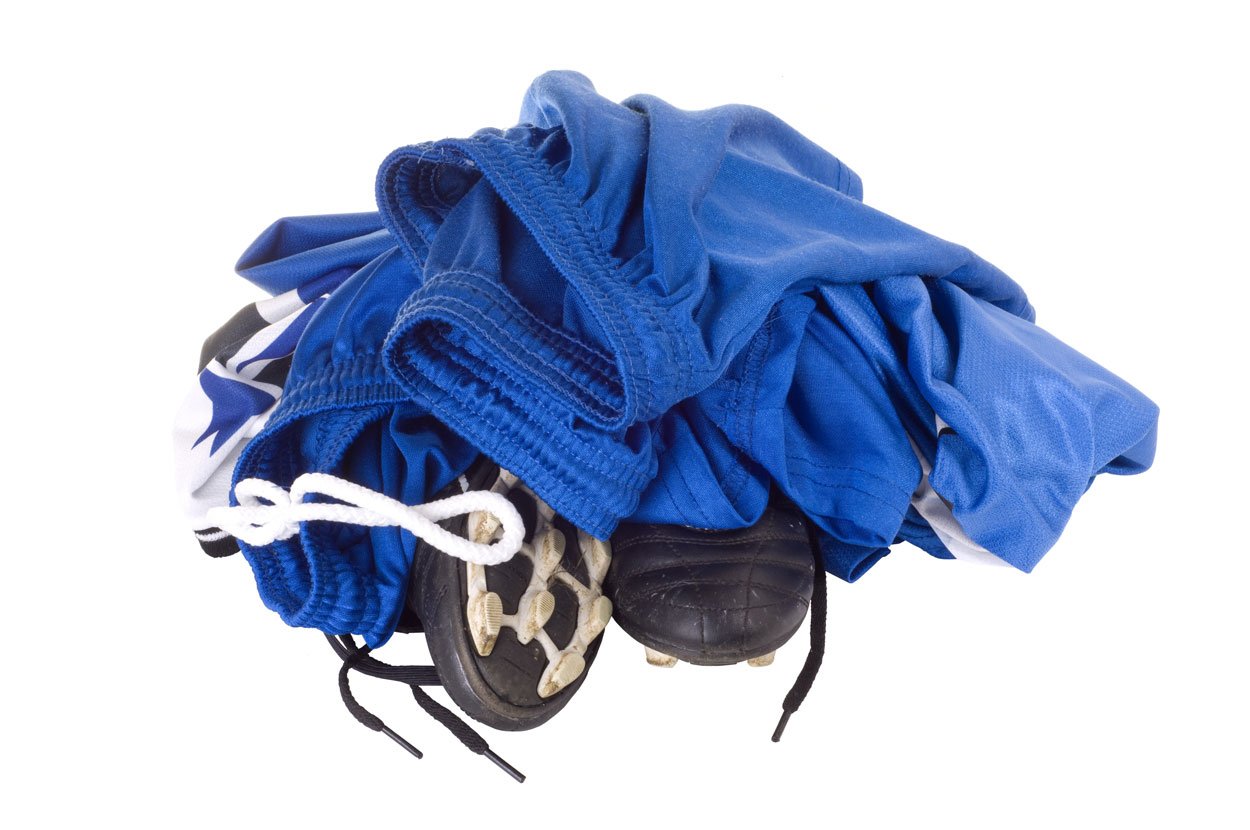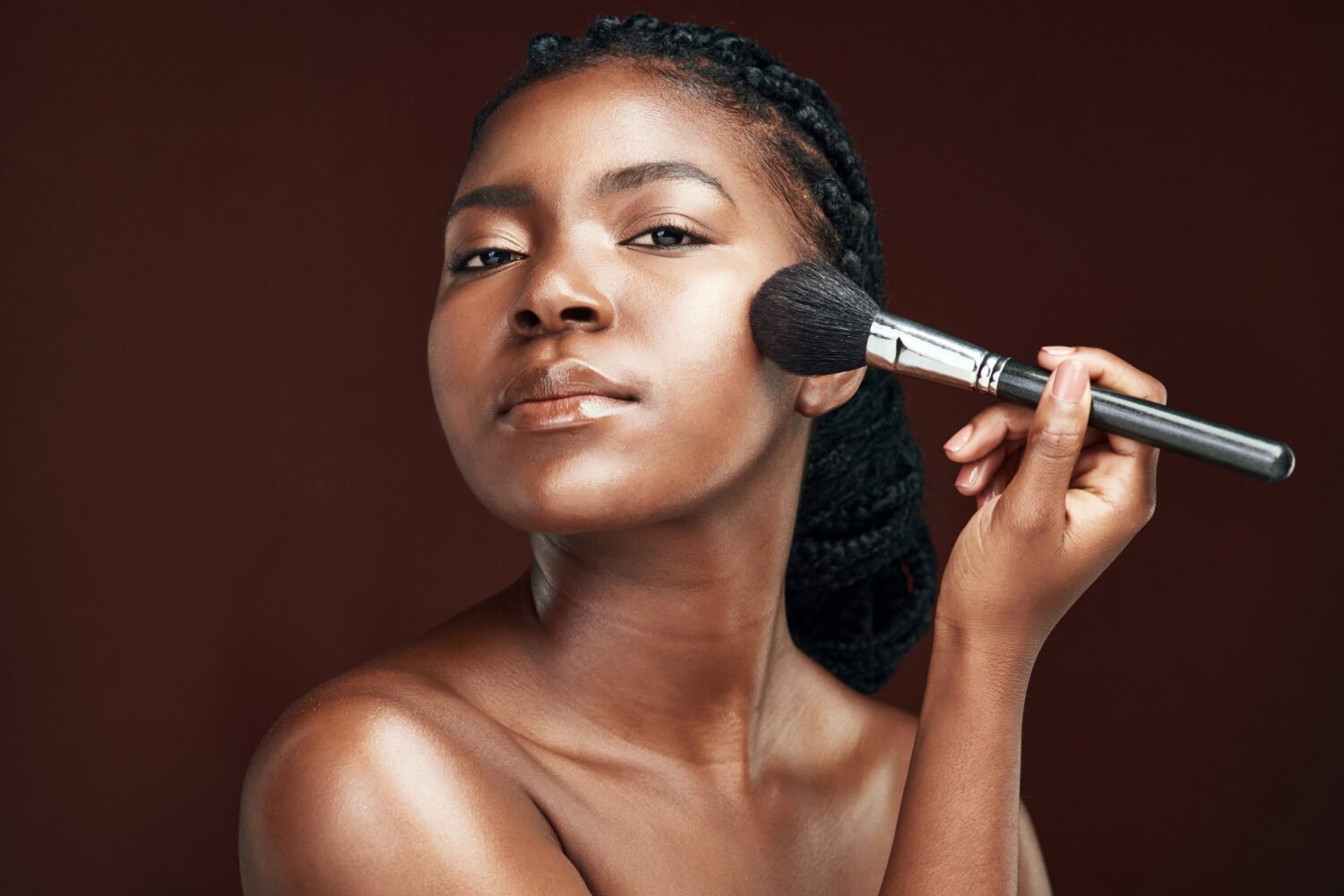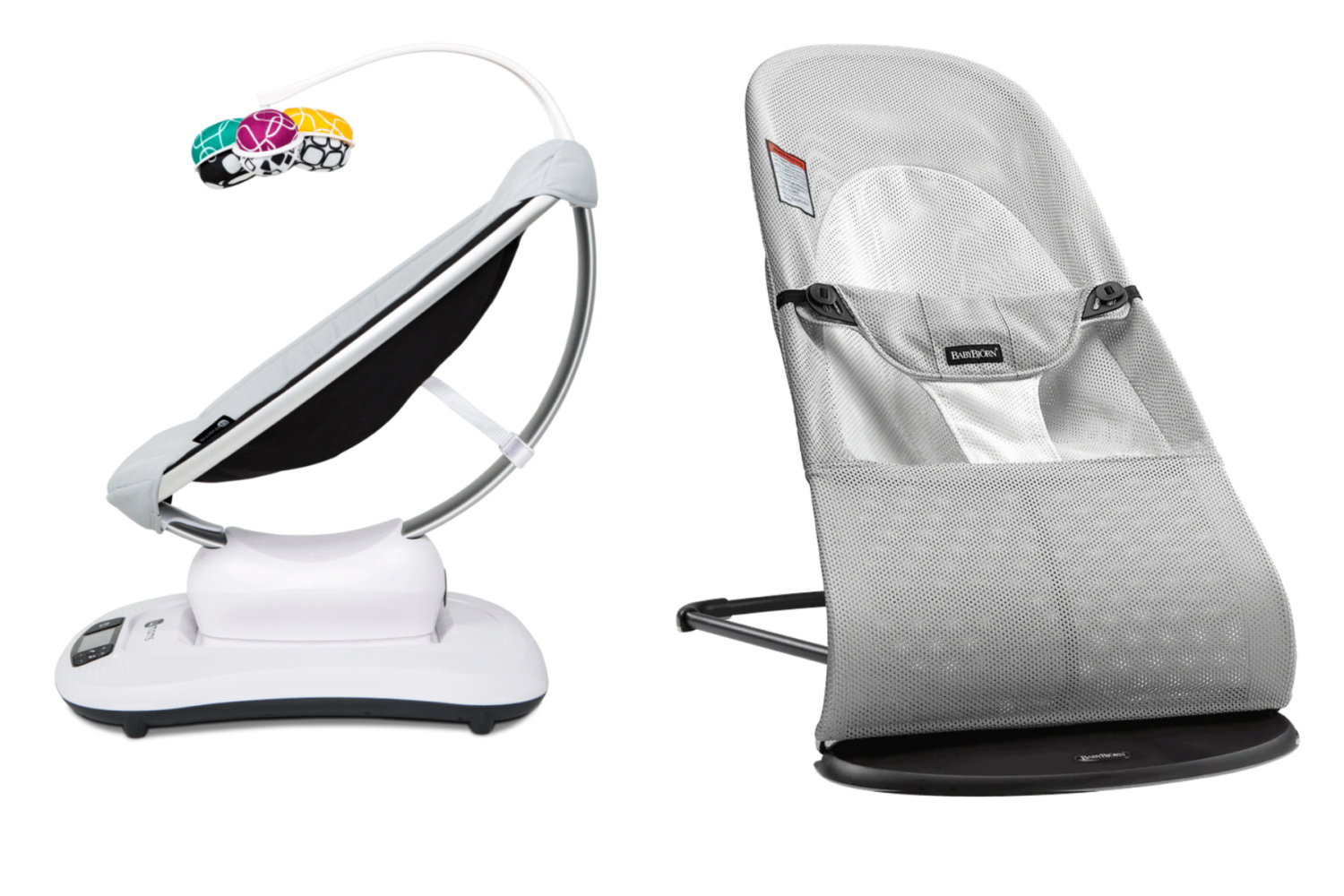August in Washington means one thing: hazy, hot, and humid days. We can’t blame you if you’re sweating a little more than usual, but if excessive underarm sweat is not just an occasional nuisance, but a constant problem, you need to know that there are solutions available. Hyperhidrosis, or excessive sweating, is a disorder that poses no danger to a person’s health, but it can have a big impact quality of life and social well-being. If you’re suffering from excessive sweating, these treatments can help.
Antiperspirants are the most basic form of treatment and they come in both over-the-counter and prescription strength. They work by blocking the openings that lead to the sweat glands, preventing sweat from reaching the surface of the skin. The active ingredients are metallic salts, most commonly aluminum compounds such as aluminum chloride hexahydrate, which is popular in prescription antiperspirants.
If antiperspirants are unable to control sweat levels, a treatment called iontophoresis may be the next step. Although more popular for hand or foot sweating than underarm sweating, iontophoresis is a simple procedure that can be performed either in a doctor’s office or at home with varying degrees of success. The treatment involves submerging the area requiring treatment in water that has small electrical currents sent through it, which can help temporarily reduce sweating with little risk of side effects.
An alternative, non-invasive treatment for axillary hyperhidrosis that requires fewer treatments than iontophoresis is a session of Botox injections. Yes, Botox–it is actually FDA-approved for the treatment of hyperhidrosis. Botox works by blocking the nerve endings that signal the sweat glands to produce sweat. It very effectively reduces sweat anywhere from six to 16 months. Follow-up injections are needed as the effect wears off and sweat production returns to levels seen before treatment.
In 2012, an FDA-cleared, non-surgical treatment called MiraDry was introduced to deliver long-term relief of excessive underarm sweat. The procedure uses electromagnetic energy to heat and destroy many of the 22,000 to 30,000 sweat glands in the underarm area. Research shows the MiraDry procedure can reduce sweat up to 80% and has immediate, long-lasting results in the majority of treated patients after one to three treatments.
Although some redness and soreness may occur, making this option more uncomfortable than any of the other treatments for excessive sweating, the results from the MiraDry can be life-changing, especially as research currently underway suggests the MiraDry device can also be helpful to control body odor also. As the dog-days of summer descend upon DC, there are a variety of treatments available in order to “never let ‘em see you sweat”–contact your dermatologist to see which one might be a good fit for you.
Related: How to Remove Armpit Stains from Your White Shirts
Dr. Elizabeth Tanzi is a board-certified dermatologist and co-director of the Washington Institute of Dermatologic Surgery.




















